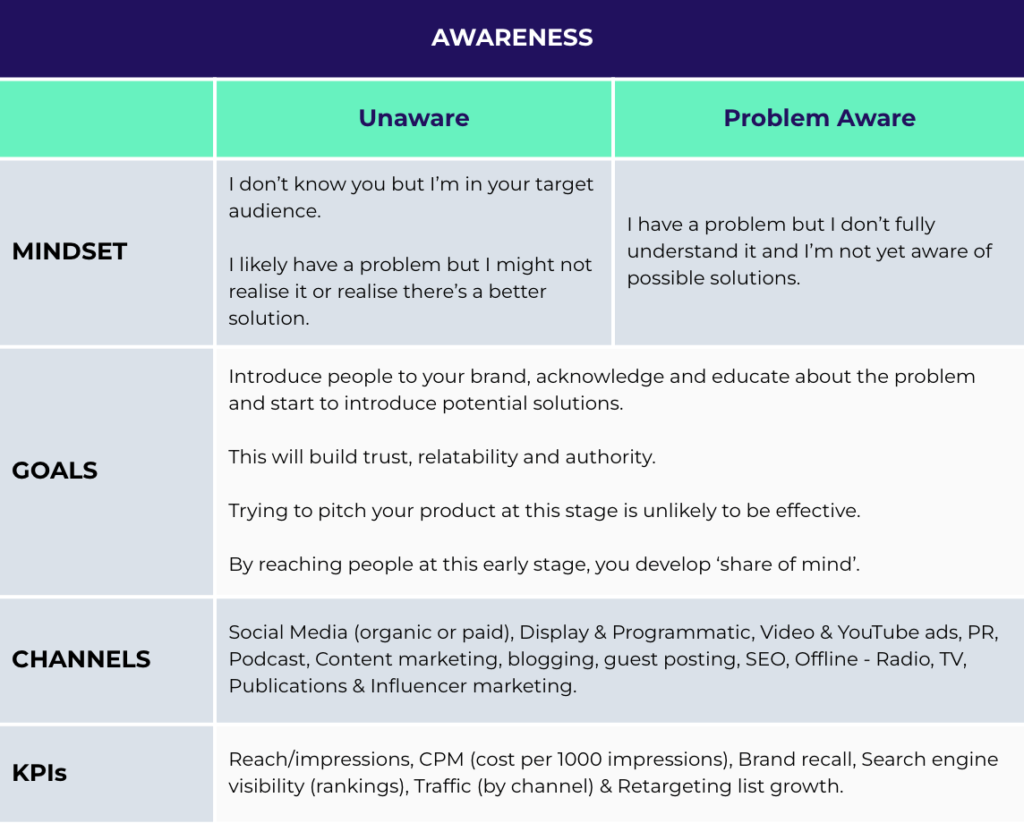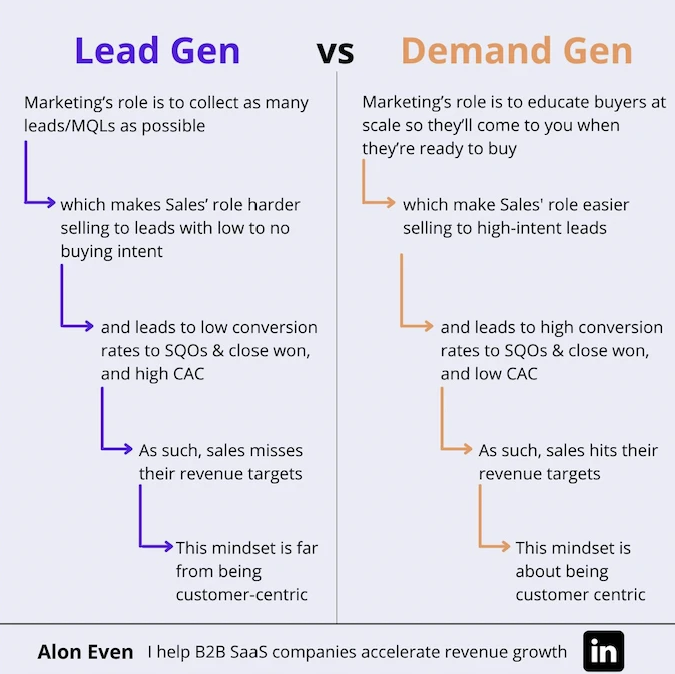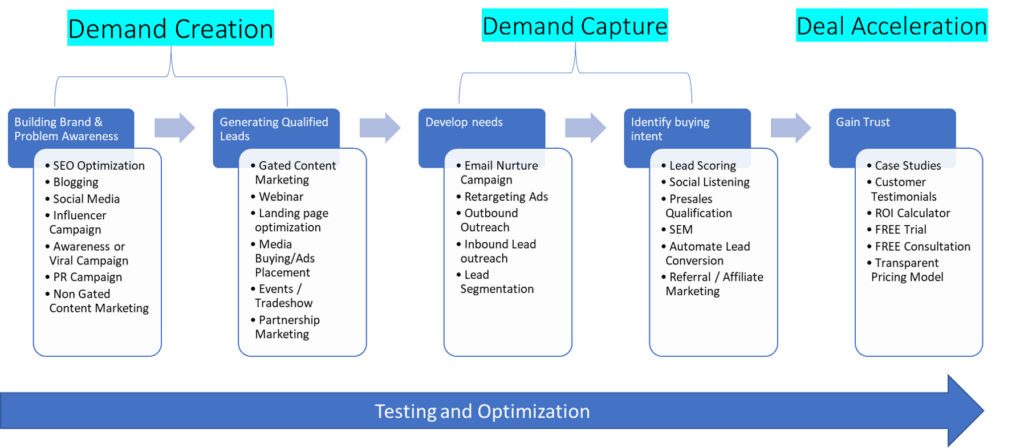We take a closer look at market demand and show you how you can successfully generate and capture it for your business.
Demand, as a general concept, is what drives any business. Demand generation and demand capture both stem from the same notion, but each is focused on attaining different goals.
Demand generation creates the need for a specific commodity in the market, while demand capture pushes potential buyers along the sales funnel to generate a purchase.
Now that we’ve briefly defined both concepts, let’s see which should be at the forefront of your marketing strategy, why, and how you can make the most of both demand generation and demand capture when attracting and converting new clients.
In this blog, we’ll walk you through:
When you focus on generating demand, you are addressing the market as a whole.
Creating a need for a product is limitless in terms of who will constitute your target audience. When you capture demand, however, that pool shrinks.
The people you need to convert are already aware of their problem and might even know possible solutions to it.
Businesses that reach a specific market cap or revenue face the same difficulties as those that have just taken off.
Their evolution and budget begin to stagnate because they are not creating demand.
To continue growing, they must reach untapped, completely unaware audiences. This is where demand generation comes into play.

Image Source: ReefDigital
Demand generation puts you in front of a bigger audience with more resources at your disposal. Because it addresses a vast audience that is neither problem nor solution-aware, the concepts you can use to draw attention to your product are limitless.

Image Source: LeadFeeder
With demand generation, your main goal is to educate and provide value to your audience. A content marketing strategy personalised for every stage of the customer’s journey is one of the most potent drivers of qualified sales and meaningful brand-consumer connections.
According to SingleGrain, the average user engages with 3 to 5 pieces of content before talking to a sales rep, but once you earn their trust, 78% of consumers will choose you over another brand.
The essential part of the demand generation process is building up awareness around your product. To do that, you need to rethink your KPIs.
At the end of the day, good demand generation should lead to revenue increase, but there are many other metrics you should be following. Here’s how you can measure whether or not your business is successfully generating demand;
As for methods that generate demand, here are the most common:
Most of these methods revolve around content marketing. With 81% of buyers doing their online research before heading out to the stores, it’s no wonder.
Every stage of the sales funnel requires different types of content, with different messages meant to streamline the customer journey. Content marketing also extends into the demand-capturing process, but the messaging changes.
Demand capture is focused on closing the deal, while demand generation is about generating awareness.

Image source: Linkedin
When done right, demand generation helps:
Once demand is generated, you will need to focus on customers who show an interest in your product and incentivise them to buy.
This is similar to lead nurturing: you will use intent data to create tailor-fit campaigns for your target audience as they move further along the sales pipeline.
Here are the main KPIs for demand capturing:
Demand capturing is an intricate process that relies mainly on how a potential customer comes into contact with your product.
Here is an excellent breakdown of measuring demand capture and using it to drive your revenue strategy.
Strategies to focus on while capturing demand:
Also lower barrier to entry! Costs per acquisition increase as the market saturates with competitors. The effectiveness of your capture channels may decrease as your strategy becomes familiar to the competition and is copied on one or multiple channels.
Your business’s optimal strategy should include demand generation and demand capture.
One cannot exist without the other. Depending on your business profile, competitors, and budget, you will need to shift focus to one of the two.
Since demand capture yields immediate results and is easier to measure, it would be preferable to focus on it initially.
As you progress and possibly find that you reach a plateau in terms of evolution, focusing on demand generation is imperative because it opens up new customer acquisition possibilities.
The key to optimising your marketing efforts lies in balancing the two without losing sight of the bigger picture, which is why you constantly need to check KPIs on both sides.
videos are engaging and possibly help to drive conversions and sales.
